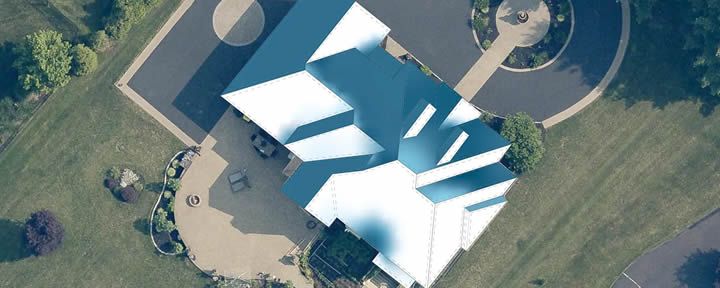Solar analysis is a comprehensive assessment of a location’s solar potential. It involves the evaluation of various factors that influence the effectiveness of harnessing solar energy, such as sunlight exposure, shading, and the optimal placement of solar panels.
 Solar Analysis: What is it & How Does it Work
Solar Analysis: What is it & How Does it Work

Article from | EagleView
What is a Solar Analysis?
In the dynamic landscape of renewable energy, solar analysis stands as a cornerstone, shaping the way we harness the boundless power of the sun. But what exactly is solar analysis? Let’s delve into the intricacies of solar analysis, exploring what it is, how it works, and why it holds the key to a sustainable energy future.
At its core, solar analysis is a comprehensive assessment of a location’s solar potential. It involves the evaluation of various factors that influence the effectiveness of harnessing solar energy, such as sunlight exposure, shading, and the optimal placement of solar panels.
How Does a Solar Analysis Work?
Sunlight Exposure
Solar analysis begins with a meticulous examination of the amount of sunlight a specific location receives throughout the year. Advanced tools and technologies, such as high-resolution aerial imagery, enable precise calculations.
Shading Analysis
Identifying potential sources of shading is crucial. Trees, buildings, or other structures that cast shadows on solar panels can significantly impact energy production. Solar analysis assesses shading patterns and devises strategies to mitigate their effects.
Optimal Placement
Determining the ideal placement of solar panels is key to maximizing energy capture. Solar analysis utilizes sophisticated design tools to position panels for optimal sunlight exposure, taking into account local topography and geographical features.
Why is a Solar Analysis Important?
Optimizing Energy Production
Solar analysis enables the design of systems that capture the maximum amount of sunlight, optimizing energy production and ensuring the most efficient use of resources.
Financial Viability
By accurately assessing solar potential, businesses and homeowners can make informed decisions about the financial viability of installing solar panels. Solar analysis helps estimate energy savings and return on investment.
Environmental Impact
A crucial aspect of solar analysis is considering the environmental impact. By harnessing solar energy effectively, we reduce reliance on non-renewable resources, contributing to a cleaner and more sustainable planet.
Customized Solutions
Solar analysis tailors solutions to specific locations, accounting for geographical variations. Customized solar designs ensure that systems are optimized for the unique characteristics of each site.
TrueDesign™ Technology
Leading-edge technologies, such as EagleView’s TrueDesign™, streamline the solar design process. This technology ensures precision in solar analysis, offering accurate insights into energy potential and system efficiency.
TrueDesign™ allows you to reduce or eliminate change orders based on inaccurate data. EagleView offers guaranteed accuracy for roof dimensions and obstructions, with a ≥ 98% accuracy for TSRF and Solar Access Values (SAV), with shade data verified by DNV GL and PV production calculated with PVWatts by NREL.
Conclusion
Now that you have a better understanding of how it works, dive into the future of sustainable energy with solar analysis. Elevate your understanding of solar potential, make informed decisions, and join the movement toward a greener, more resilient world.
The content & opinions in this article are the author’s and do not necessarily represent the views of AltEnergyMag
Comments (0)
This post does not have any comments. Be the first to leave a comment below.
Featured Product

